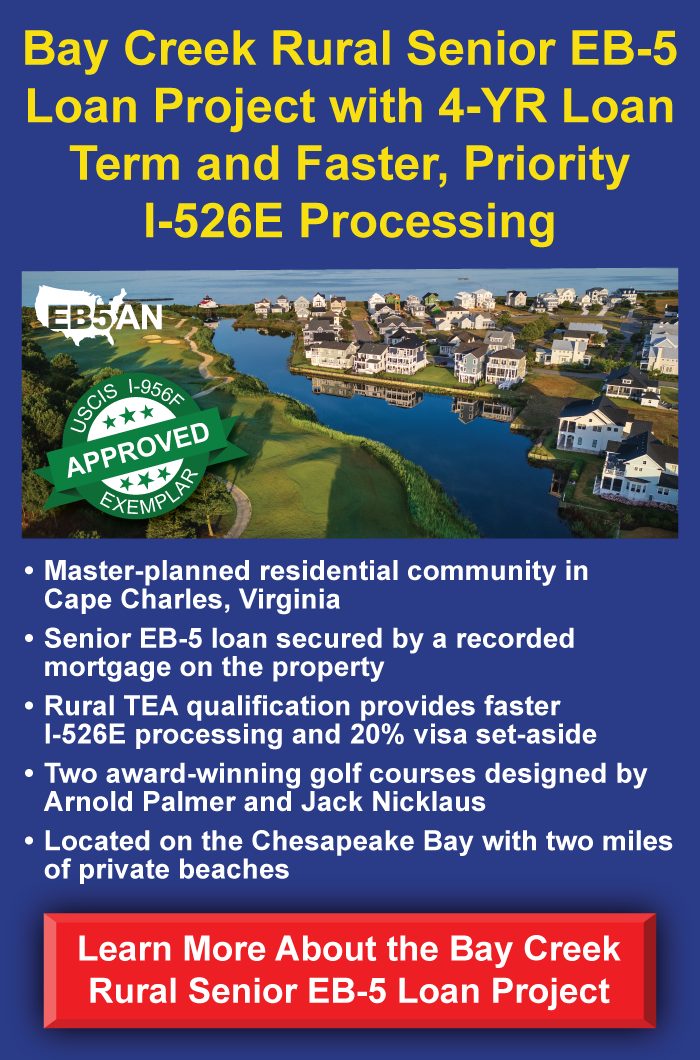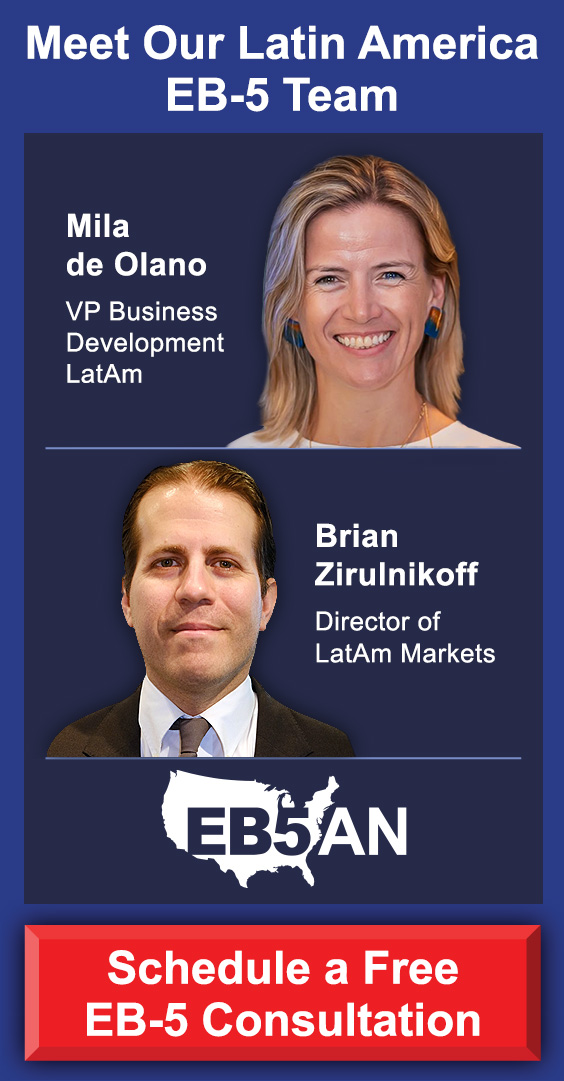For foreign nationals already residing in the United States on non-immigrant visas, the opportunity to transition to the EB-5 Immigrant Investor Program can prove a smooth pathway to permanent residency. The EB-5 program allows eligible foreign investors and their immediate family members to obtain U.S. Green Cards in exchange for making a qualifying investment in a U.S. new commercial enterprise that creates 10 full-time jobs for U.S. workers.
While the EB-5 program provides an exciting opportunity, navigating the transition while already in the U.S. can present certain challenges—particularly when it comes to the concept of “immigrant intent.”
In this article, we will explore how foreign nationals in the U.S. can take advantage of the EB-5 program, the potential complications around immigrant intent, and how careful planning, along with the guidance of an experienced immigration attorney, can ensure a smooth transition.
What Is Immigrant Intent?
The 90-Day Rule and Immigrant Intent
Transitioning to EB-5: The Adjustment of Status Process
Maintaining Lawful Status During the EB-5 Process
How an Experienced Immigration Attorney Can Help
- Advising on the Timing of Applications
- Strategizing to Avoid Immigrant Intent Issues
- Navigating Complex Documentation
EB5AN Can Help You Transition to an EB-5 Green Card
What Is Immigrant Intent?
When a foreign national enters the U.S. on a temporary visa, such as a B-1/B-2 business/tourist visa or an F-1 student visa, they are generally understood as not intending to immigrate or stay permanently. In other words, these non-immigrant visas are issued under the assumption that the individual intends to leave the U.S. at the end of their authorized stay.
However, when a foreign national applies for a Green Card through a visa like EB-5, they are signaling their intent to immigrate to the U.S. and remain permanently.
This intention to immigrate is called “immigrant intent,” and it can sometimes create complications for individuals who are already in the U.S. on a non-immigrant visa. U.S. immigration law prohibits individuals on certain types of visas from having immigrant intent while they are in the country.
If the U.S. authorities believe that an individual entered the country with the intent to immigrate, they might consider the entry to be fraudulent, which could have serious consequences, including denial of future visa applications or deportation.
To avoid such issues, those on non-immigrant visas should understand how the transition process works, including the government guidelines around it.
The 90-Day Rule and Immigrant Intent
One of the most important concepts to understand when transitioning to the EB-5 program while in the U.S. is the “90-day rule.” This rule comes into play when a foreign national on a non-immigrant visa changes their intent within 90 days of entering the U.S.
The rule states that if a foreign national applies for a visa or adjustment of status (such as filing for an EB-5 petition or submitting Form I-485) within 90 days of entering the U.S., immigration authorities may presume that the individual had immigrant intent at the time of entry, even if they claim otherwise. This presumption can lead to complications in the immigration process and even result in denial of a new visa petition or a Green Card application.
For example, a tourist arriving on a B-2 visa who later decides to apply for a Green Card via the EB-5 program within 90 days could raise red flags. United States Citizenship and Immigration Services (USCIS) may interpret this change as a violation of the terms of the visa, and this interpretation could jeopardize the adjustment of status process.
While the DOS still applies this rule, USCIS removed it from its policy manual in 2021, opting for a “reasonable person” standard. This distinction highlights that the 90-day rule is binding for the DOS but merely advisory for USCIS.
Transitioning to EB-5: The Adjustment of Status Process
For those already in the U.S., the process to transition to an EB-5 Green Card involves filing an adjustment of status application, known as Form I-485. This application allows an individual to adjust their status from a non-immigrant to an immigrant status while remaining in the U.S.
The key steps in transitioning to EB-5 include the following.
File an EB-5 Petition (Form I-526E)
Form I-526E is the initial petition where you demonstrate your eligibility for the EB-5 program. It requires proof of your investment ($1,050,000 or $800,000 if investing in a targeted employment area) in a U.S. new commercial enterprise and that the enterprise will create the necessary 10 full-time jobs.
If USCIS approves your I-526E petition, you will gain a conditional Green Card that lasts for two years—after which you will have the chance to remove the conditions and get a permanent Green Card.
File for Adjustment of Status (Form I-485)
If you are already in the U.S. and a visa is immediately available to you, when you are submitting your I-526E petition, you can also file Form I-485 concurrently to adjust your status to that of a lawful permanent resident (a Green Card holder).
You can also concurrently file for an EAD and AP (work and travel permits) at this stage, which allows you to live and work in the country—and gain travel flexibility—while your Green Card application is processed.
Maintaining Lawful Status During the EB-5 Process
For foreign nationals already in the U.S., it is critical to maintain lawful status throughout the entire EB-5 process.
If you are in the U.S. on a non-immigrant visa, you must ensure that your visa status remains valid as you transition. If you overstay your visa or otherwise violate its terms, your application could be denied, and you could be at risk of deportation.
To maintain lawful status before the transition, make sure you don’t engage in activities that might be deemed to show immigrant intent. If you’re on a B-2 visa, for instance, you shouldn’t apply for jobs or start working in the U.S.
Once you file for adjustment of status through concurrent filing, however, your case’s “pending” status will allow you to remain lawfully in the country.
How an Experienced Immigration Attorney Can Help
As all the above requirements show, navigating the U.S. immigration system can be complex, especially when dealing with immigrant intent issues. An experienced immigration attorney can help ensure that you maintain lawful status—and comply with all other U.S. immigration laws—during both the application process and your conditional residency.
In particular, a qualified immigration attorney can provide valuable assistance by doing the following:
Advising on the Timing of Applications
Attorneys can help you understand when it’s best to file your EB-5 petition and adjustment of status application to minimize complications, including potential issues with single-intent visas.
Strategizing to Avoid Immigrant Intent Issues
An immigration attorney can help you demonstrate that your intentions were always to comply with your visa status and that you did not attempt to circumvent immigration laws.
Navigating Complex Documentation
EB-5 petitions require thorough documentation around your investment and the project you plan to invest in. An immigration attorney can guide you through the documentation process and help avoid delays or complications.
EB5AN Can Help You Transition to an EB-5 Green Card
Transitioning to EB-5 while already in the U.S. offers foreign nationals a unique opportunity to obtain permanent residency status, but doing so requires careful attention to the concept of immigrant intent and an understanding of how it can impact your case.
By maintaining lawful status, avoiding premature adjustments, and working with a knowledgeable immigration attorney, you can successfully navigate the transition to EB-5 and achieve your goal of becoming a lawful permanent resident of the U.S.
And in order to adjust your status and gain an EB-5 visa, it’s also important to select a high-quality project and work with an experienced regional center. This is where EB5AN comes in.
EB5AN has helped more than 2,300 families from over 70 countries relocate to the United States as lawful permanent residents. Our team has more than a decade of experience, and we offer our clients first-rate, low-risk EB-5 regional center projects with a 100% USCIS project approval rate.
If you would like to know more about the journey to an EB-5 Green Card, book a free call with our expert team today.











